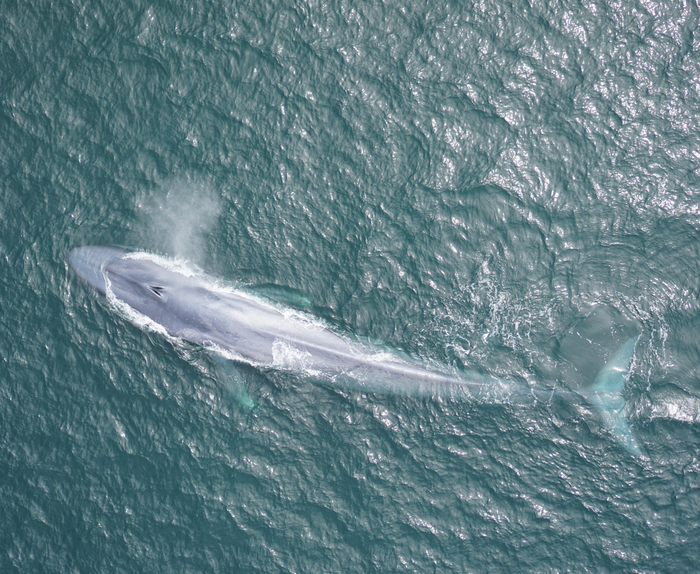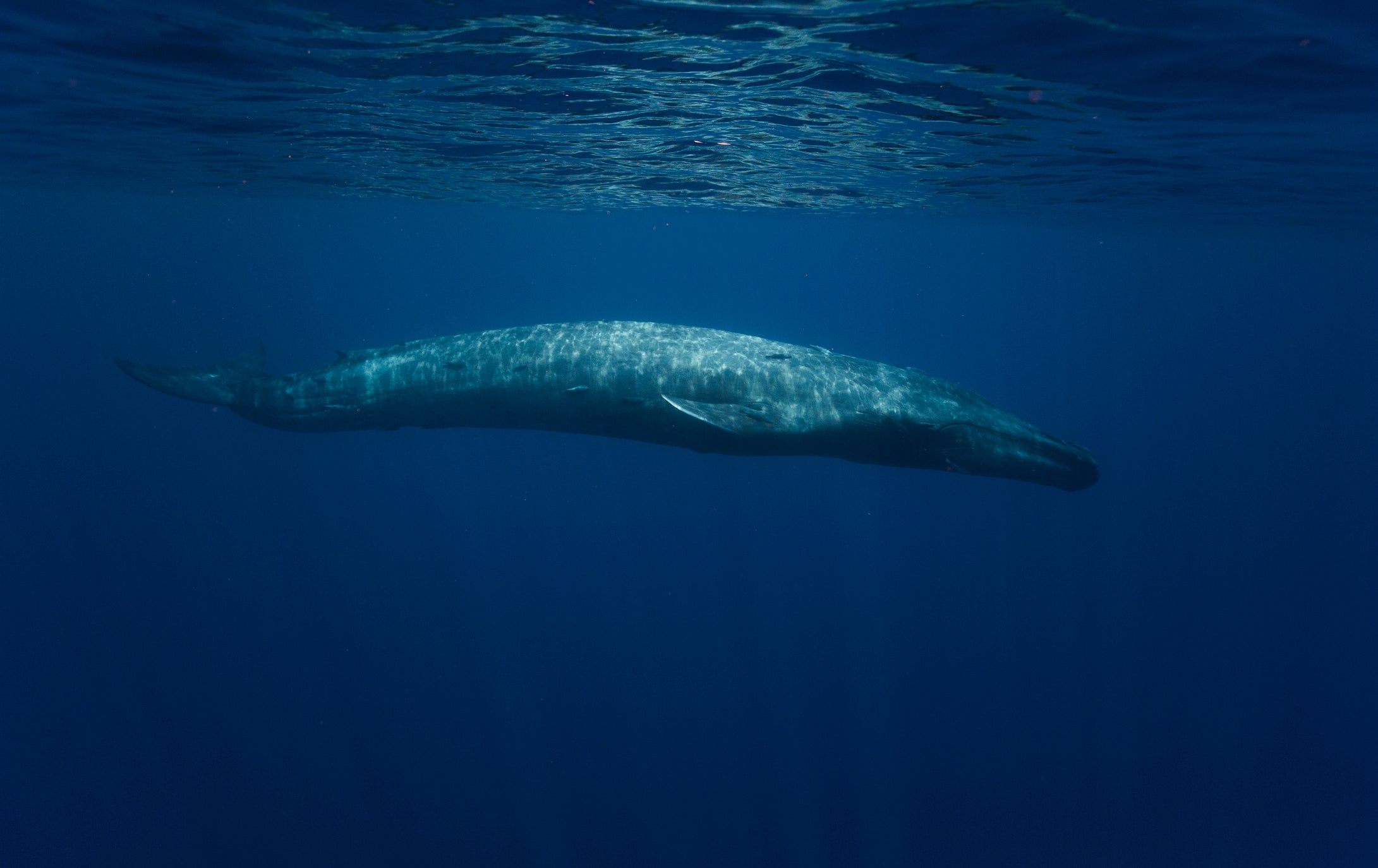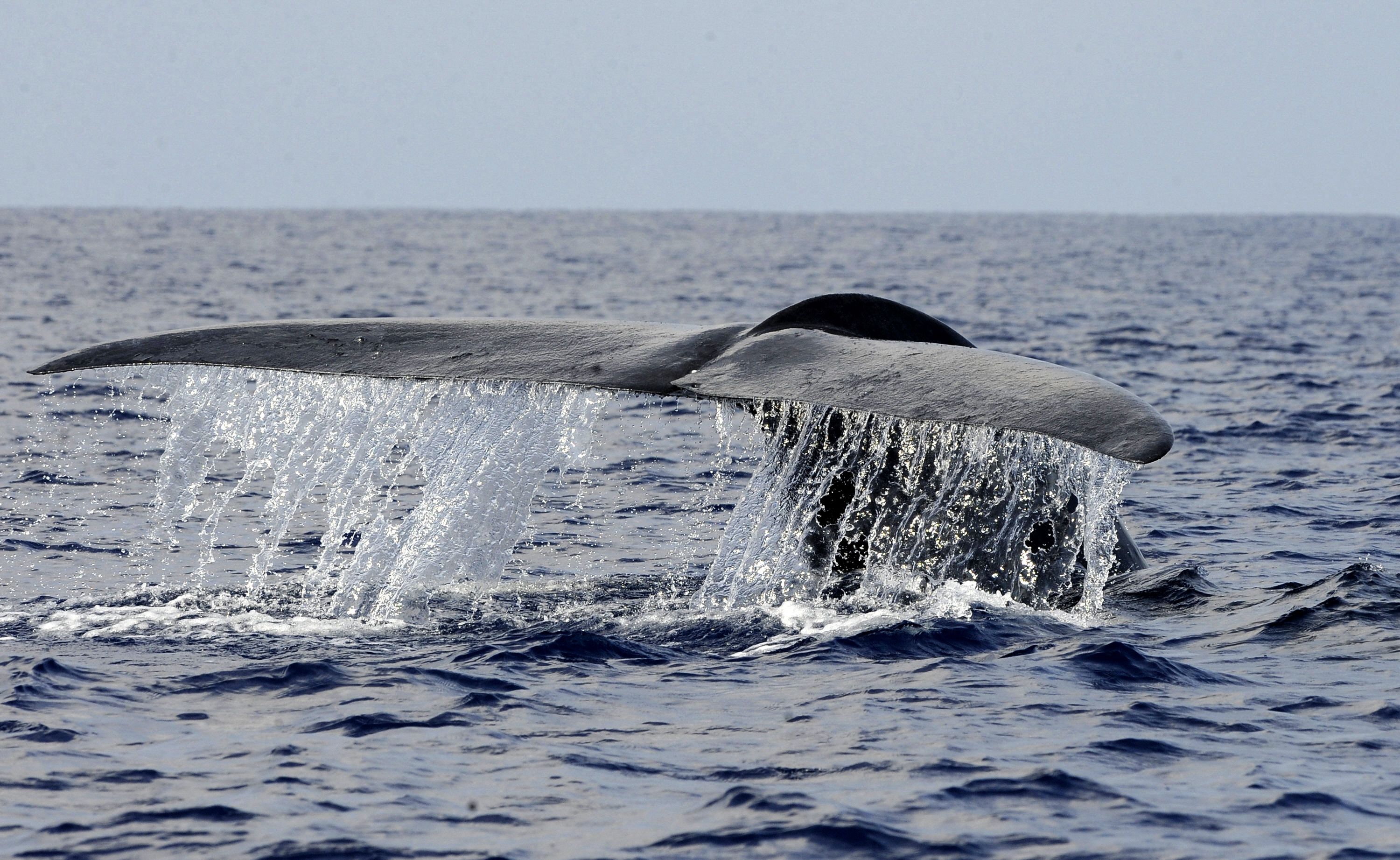Blue whales dance with the wind to find food, new study shows
Study sheds new light on movements of endangered blue whales, reports Aisha Rimi


Tracking blue whales by their booming vocalisations has shown how they dance with the wind to find food.
In a new study, published in Ecology Letters, researchers explained how they used a directional hydrophone – an underwater microphone– at Monterey Bay Aquarium Research Institute’s (MBARI) observatory to listen for the sounds of the blue whales.
MBARI researchers used these sounds to track the movement of blue whales along California’s Central Coast and learned that they respond to changes in the wind.
The ocean giants seasonally gather in the Monterey Bay region to feed on small shrimp-like crustaceans called krill, which feed on tiny phytoplankton which grow in the area.

When the winds create an upwelling event, blue whales seek out the plumes of cooler water, where krill are most abundant. When upwelling stops, the whales move offshore into a habitat that is transected by shipping lanes.
“Previous work by the MBARI team found that when coastal upwelling was strongest, anchovies and krill formed dense swarms within upwelling plumes. Now, we’ve learned that blue whales track these dynamic plumes, where abundant food resources are available,” explained John Ryan, a biological oceanographer at MBARI and lead author of this study.
Blue whales can tell when the wind is changing their habitat and identify places where upwelling collects their essential food – krill, which is a matter of survival for mammals.

Scientists have known that blue whales seasonally occupy Monterey Bay during the upwelling season, but this new study has shown that whales closely monitor the upwelling process on a very fine scale of both space (kilometres) and time (days to weeks).
“Tracking many individual wild animals simultaneously is challenging in any ecosystem. This is especially difficult in the open ocean, which is often opaque to us as human observers,” said William Oestreich, previously a graduate student at Stanford University’s Hopkins Marine Station and now a postdoctoral fellow at MBARI.
“Integration of technologies to measure these whales’ sounds enabled this important discovery about how groups of predators find food in a dynamic ocean.”



Join our commenting forum
Join thought-provoking conversations, follow other Independent readers and see their replies
Comments